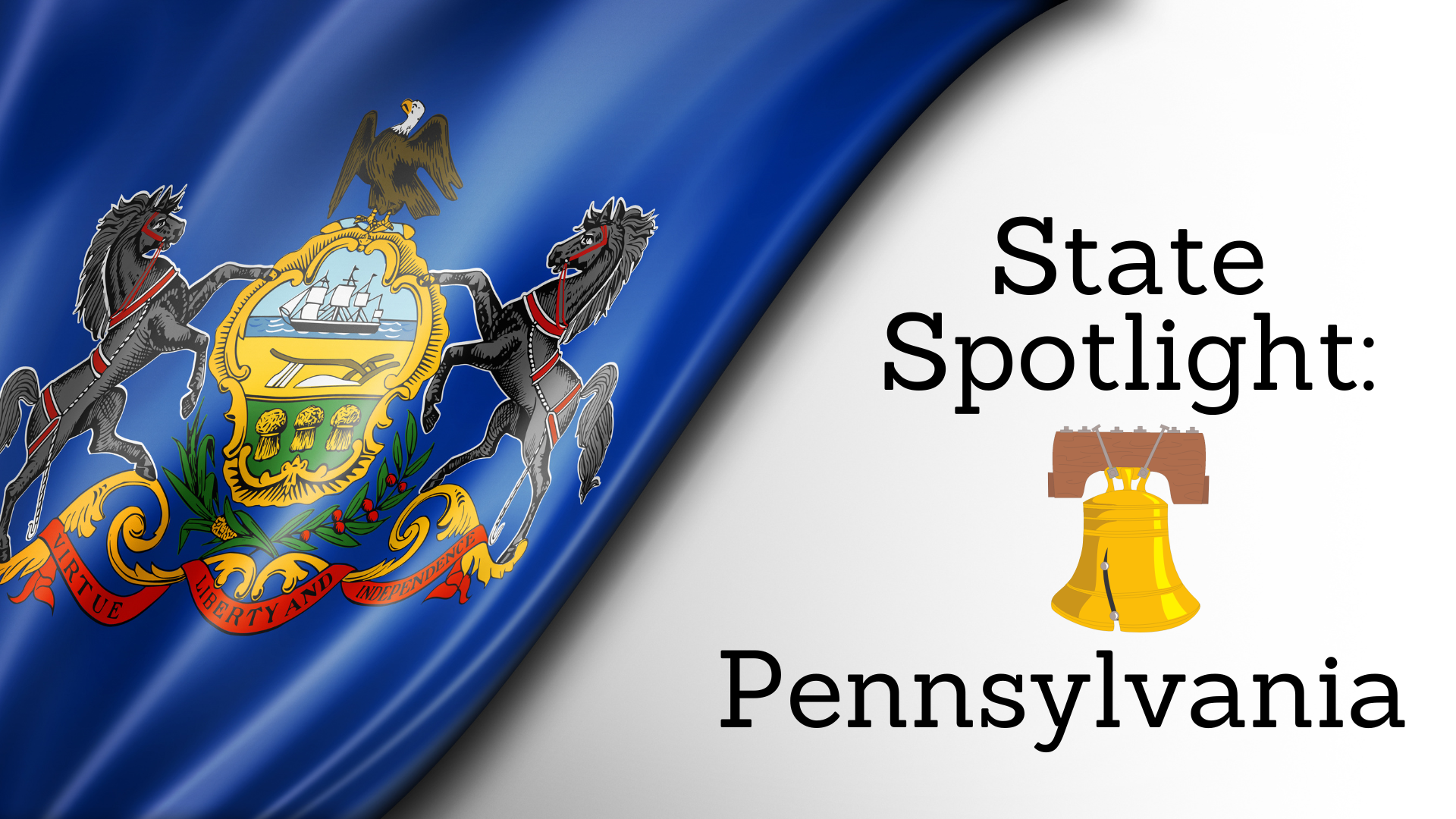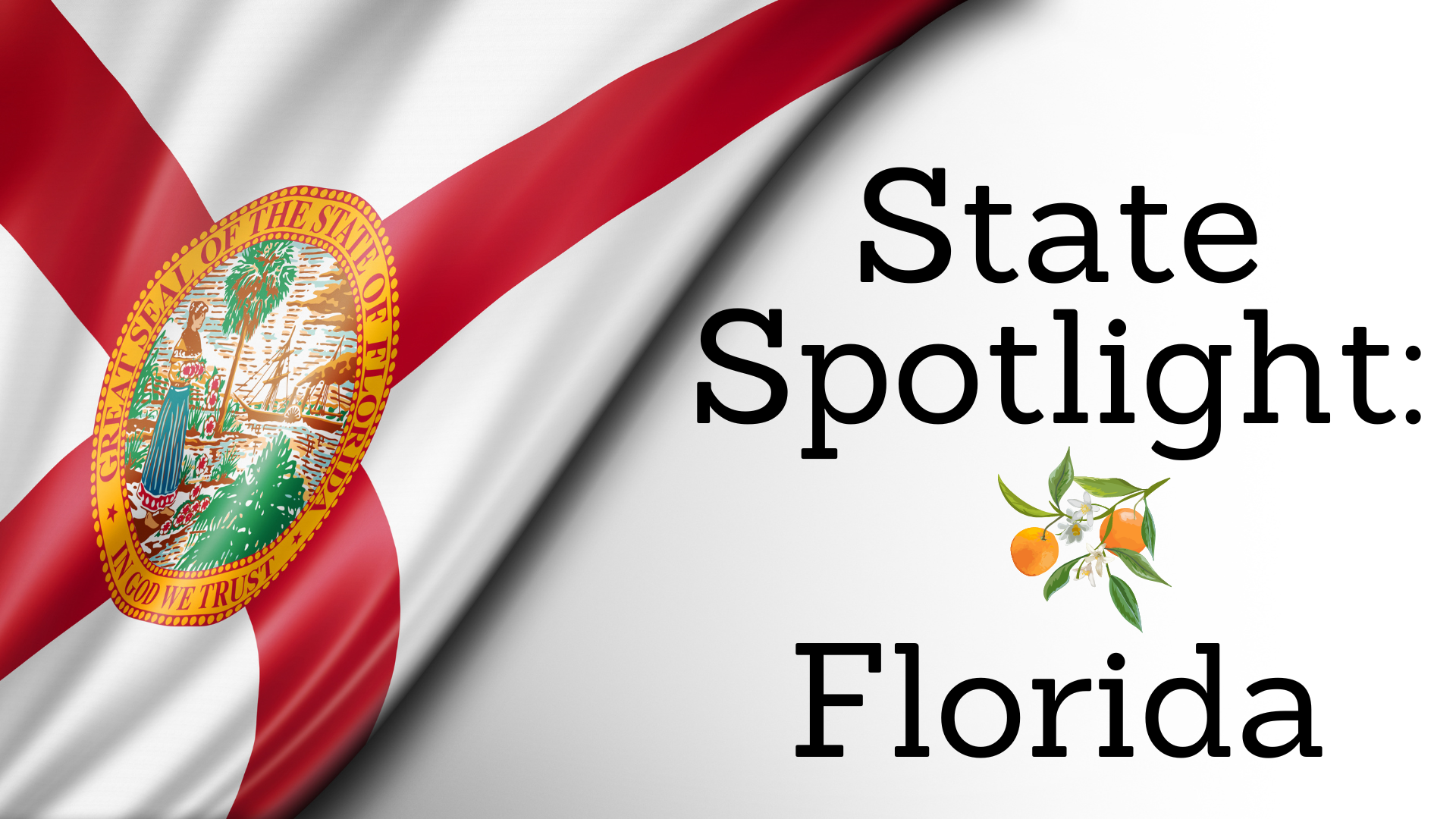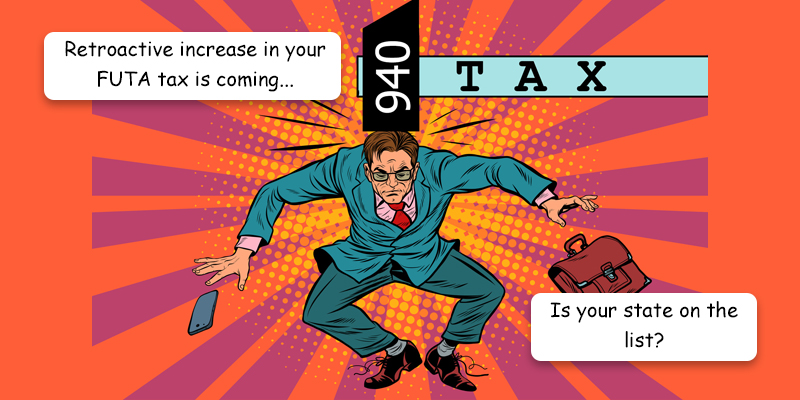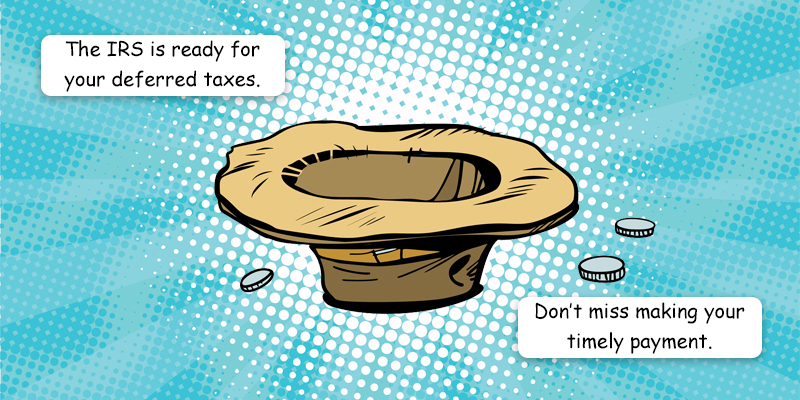Everything you need to know about Pennsylvania's state and local income withholding tax, reciprocity agreements and other helpful information and links.
Posts published in “Tax”
Everything you need to know about Maryland's state income withholding tax, reciprocity agreements and other helpful information and links.
Everything you need to know about Florida state income withholding tax, reciprocity agreements and other helpful information and links.
Over the next few weeks, as your employees start to receive their 2022 W-2 form, they will most likely have many questions as to what all those numbers mean. For example, it is not uncommon for a salaried employee who earns $50,000 per year question why their Box 1 Wages only reflects $45,000. Did they get underpaid? Probably not. If the employee contributes to a pension plan (aka 401(k)) or has pre-tax insurance deductions, then those amounts reduces the “taxable” wage, which is what appears in Box 1. Some employees may also wonder why their Federal Income Tax withheld is…
Under the provisions of the American Federal Unemployment Tax Act (FUTA), a federal tax is levied on employers covered by the Unemployment Insurance program at a current rate of 6.0% on wages up to $7,000 a year, paid to a worker. The law, however, provides a credit (basically a discount) against federal tax liability of up to 5.4% to employers who pay state taxes timely under an approved state UI program. Therefore, the employer pays an effective federal tax of 0.6% or a maximum of $42 per covered worker, per year. During times of high unemployment claims, a state may…
Over the next few weeks, as your employees start to receive their 2021 W-2 form, they will most likely have many questions as to what all those numbers mean. For example, it is not uncommon for a salaried employee who earns $50,000 per year question why their Box 1 Wages only reflects $45,000. Did they get underpaid? Probably not. If the employee contributes to a pension plan (aka 401(k)) or has pre-tax insurance deductions, then those amounts reduces the “taxable” wage, which is what appears in Box 1. Some employees may also wonder why their Federal Income Tax withheld is…
The Coronavirus Aid, Relief, and Economic Security (CARES) Act that passed in March 2020 allowed businesses to defer paying their employer share of Social Security (OASDI) taxes through the end of that year. This allowed businesses to hold on to a portion of their tax liability to get through any cash-strapped times caused by COVID-19 and basically, have an interest-free loan for a long period of time. The deferred tax would then become due in two equal installments, with half due on December 31, 2021 and the remainder due on December 31, 2022. Here we are at the start of…
Last December, President Trump signed the Consolidated Appropriations Act of 2021, which included $1.4 trillion to fund the government through fiscal year 2021, as well as a number of important tax provisions. One of the little-known and under-utilized benefits in that Act is the extension of the Work Opportunity Tax Credit (WOTC) through December 2025. The WOTC provides a general business tax credit of up to $9,600 to employers that hire and retain individuals from certain targeted groups, such as veterans, ex-felons, summer youth, SSI recipients, long term unemployed and more. This month, the Internal Revenue Service even reminded employers…
If you are a business that started after February 15, 2020, you, unfortunately, discovered that there was not much government support available to you. The Paycheck Protection Program (PPP), the Employee Retention Tax Credit (ERC) and other help were only available to businesses that started prior to that date, reason being that the government figured that you knew what you were getting into if you started after that date, therefore, you did not need any relief. On March 11, 2021, President Biden signed the American Rescue Plan (ARP) Act of 2021, which extended support to existing businesses and also included…
While I do not necessarily write about benefits for individuals, this one happens to affect the employer, or should I say, their previous employer, which could be you. The ARP Act allows involuntarily terminated employees under Subtitle F – Preserving Health Benefits For Workers to receive premium assistance on their COBRA. The premium assistance is in the form of 100% paid for health insurance for the separated employee and their dependents for the coverage period beginning April 1 to September 30, 2021. Newly terminated employees just entering eligibility for COBRA are eligible for the premium assistance, as well as those…










